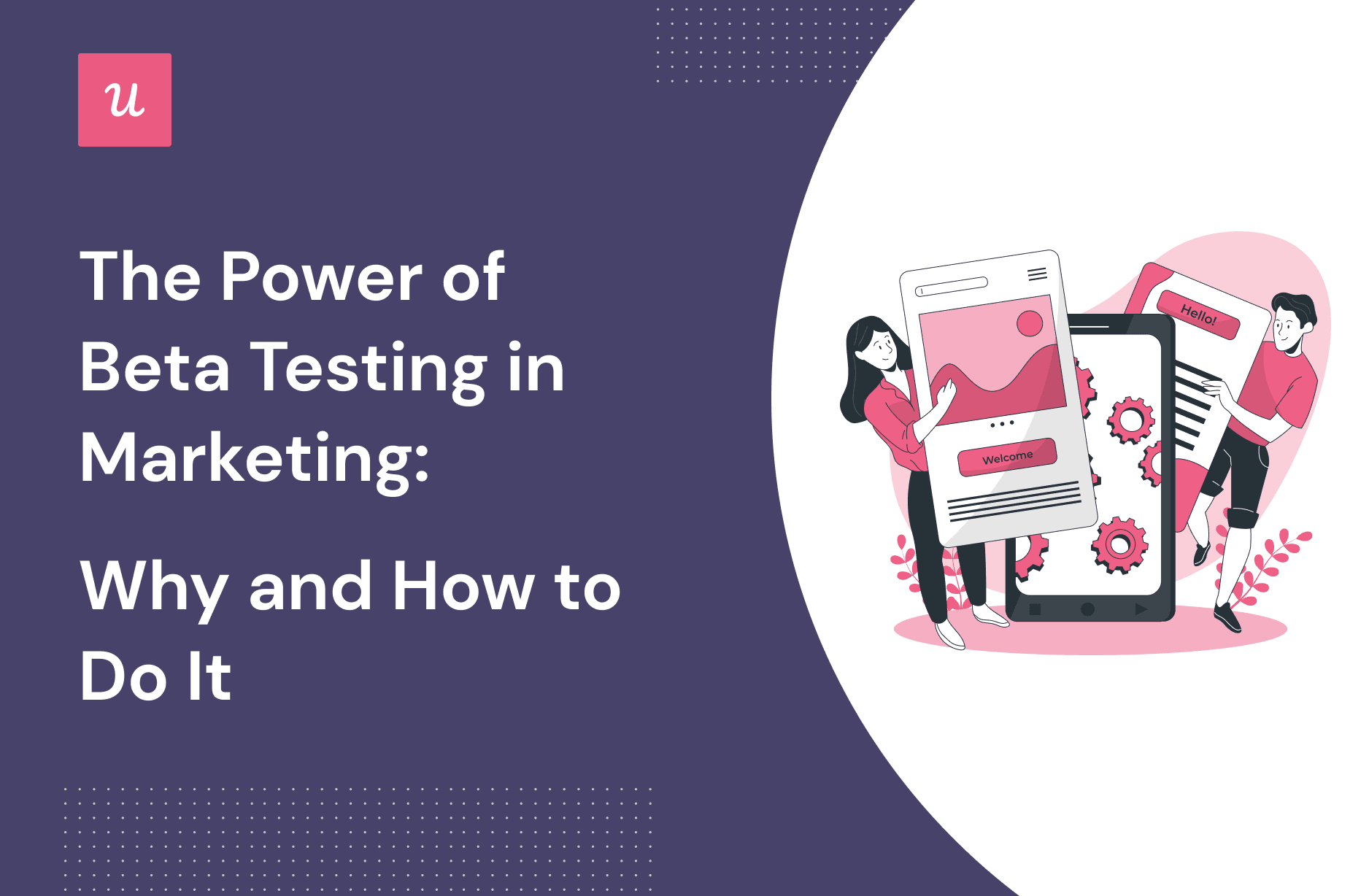
The term “beta testing” is often associated with programmers who are testing out a new version of their software. That said, beta testing in marketing is just as important. In this article, we’re going to walk you through the different types of beta testing, why you need them, and how to run successful beta tests to drive product growth!
Try Userpilot Now
See Why 1,000+ Teams Choose Userpilot

What is beta testing?
Beta testing, also known as pre-release testing, is a common practice to get user feedback on software applications. These beta tests allow companies to get real-world insights from the target customers regarding the latest features, changes, and bugs.
In marketing, beta testing is applied to test out marketing messages, campaigns, and other materials or ideas.
Alpha testing vs. beta testing
The key difference between an alpha test and a beta test is the current stage of the product lifecycle. Alpha tests come before beta tests and are most commonly done internally (i.e., limited to employees rather than end-users).
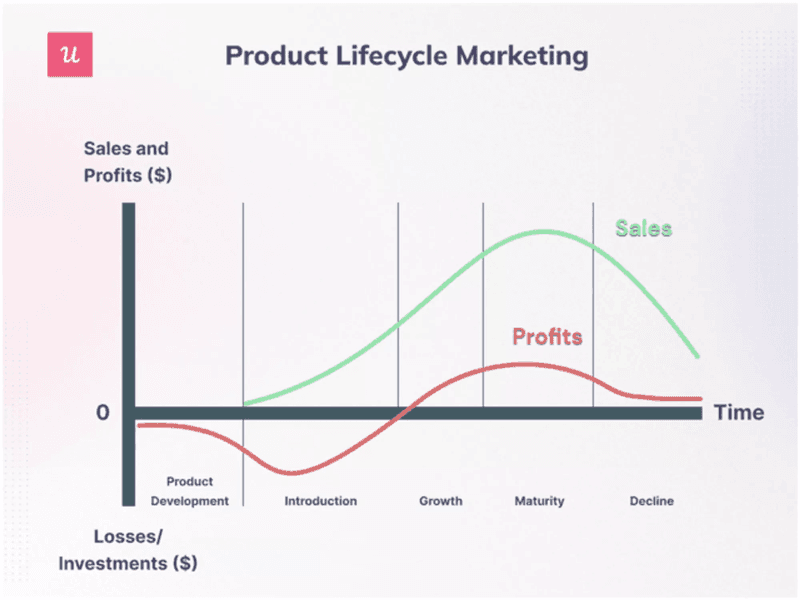
Alpha versions of software tend to be less stable and contain more bugs since the build isn’t consumer-ready. Once your minimum marketable product (MMP) is stable enough for users, you can launch a less-controlled beta testing phase.
Why do you need beta testing?
There are countless benefits to beta testing, but below are the four most noteworthy gains:
- Bug squashing. Getting your product in front of customers and letting them test it out is the best way to detect bugs or inconsistencies early on so you can fix them in later versions.
- Lower risk of failure. In addition to technical feedback, beta testing also gives you key insights into customer satisfaction and whether or not the product is perceived as valuable by your target demographic.
- Saved time and money. By getting early feedback on your product, you’ll be able to course-correct earlier on which saves both time and money for the development team.
- Genuine feedback. Alpha tests are useful but their feedback is bound to be biased on some level since your employees are incentivized to view company products in a positive light. In contrast, beta tests provide honest user feedback from actual consumers.
What are the types of beta testing?
With such a broad set of goals that beta testing can accomplish, it should come as no surprise that there are different types of beta tests to consider. Let’s go over the five most common testing processes in the sections below!
Closed beta testing
The closed beta testing phase gives your team an opportunity to benchmark the product against a small sample size of test participants. These “private betas,” as they’re sometimes called, help with initial user acceptance testing without the risks associated with offering technical beta testing on a public level — e.g., negative publicity.
Here’s an example of SparkToro inviting a user to a private beta:
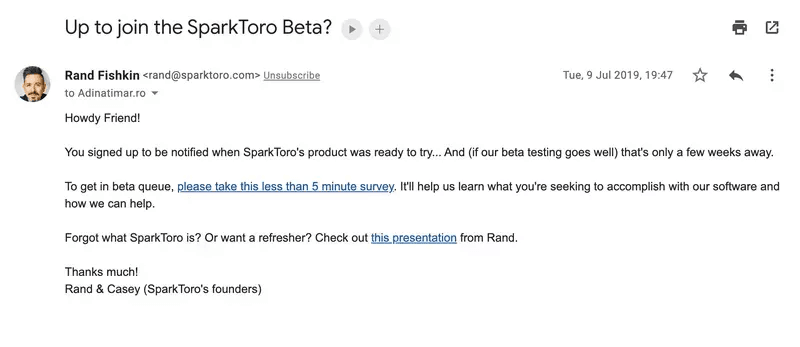
Open beta testing
Open beta testing, also referred to as public beta testing, often comes after a closed beta program concludes. The public nature of this testing process means that anyone will be allowed to participate.
This makes it an efficient way to collect quantitative data but also means it’ll take more effort to comb through the data afterward. The most popular example of a public beta is the iOS beta testing program that Apple launches every year.
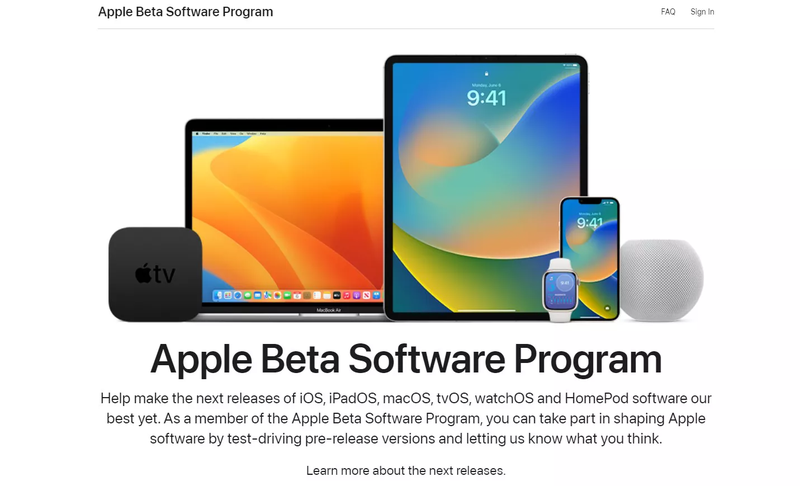
Focused beta testing
Focused beta tests, as the name suggests, focus on a specific feature of your product. A feature release beta test is ideal for getting targeted feedback from early adopters. If you get negative feedback after your target users interact with the feature, you’ll have the data you need to course-correct your product management strategy.
Technical beta test vs. marketing beta test
A technical beta testing plan is often used for collecting feedback specifically on bugs, product performance, and overall usability. It’s important that every beta user in this beta phase is tech-savvy to ensure that they can provide informed and actionable feedback on the technical aspects of your product.
A usability-centered testing strategy may focus on any of the five elements below:
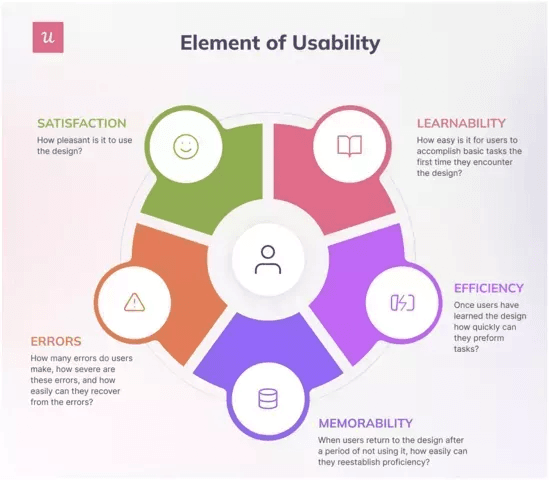
In contrast, marketing beta testing is used to assess the performance of marketing efforts. A marketing team might perform beta tests on a specific message, channel, campaign, or audience demographic.
A marketing beta test is also often used to spread product awareness and generate word-of-mouth traffic. You don’t need to be as picky with beta testers for a marketing-centric beta program since a larger sample size is more important than technical insights.
What do you need to conduct beta testing?
To create an effective testing strategy, you need four things:
- Pre-defined goals
- Dedicated beta testers
- The right timeframe
- Proper documentation
Let’s dive deeper into each of these four cornerstones.
Pre-defined goals
There are many ways beta testing can be conducted but they all share one golden rule: the need for a clear goal. Having a specific goal in mind ensures you use the right team members, beta testers, and tools for the job.
Before you even set up the test environment for your beta product, you should already have a final definition of what you want to test. You should also decide what type of testing you need and who your target audience is before you begin.
Your goal-setting framework will always be most specific at the mission level, but your beta-stage customer validation process may involve test aims from a project, task, or subtask level as well.
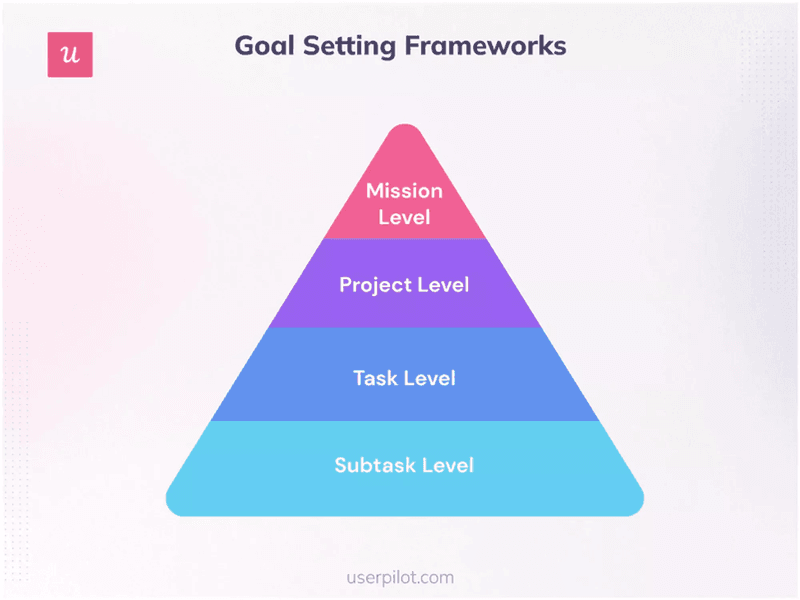
Lastly, ensure that you’re factoring in your overall SaaS marketing plan into the final testing process for your beta product so you can gather early insights on how real users react to your messaging.
Dedicated beta testers
Every beta test is only as effective as the users involved. Getting real users to test a beta version before a full product launch is invaluable but you should still be a bit picky with who you enlist as a beta tester.
It’s important to get the right audience with the necessary skillset and background information to provide relevant feedback on the state of your software development. Attracting the right beta testers will come down to your marketing strategy as well as any manual invites from your app development team.
You can find beta testers through paid testing websites, testing communities, paid ads, or by deploying customers from your existing user base.
The right timeframe
The length of your beta test can be just as important as how many beta testers you include in the program. There’s no one-size-fits-all answer as to what the ideal length is, but your goals and budget will be major factors to consider.
Proper documentation
Documentation is a key element of beta testing as it ensures that all the test participants are on the same page. Your documentation should cover all the necessary procedures, instructions, and other miscellaneous need-to-knows.
Be sure to properly document all feedback during the testing period as well so you don’t overlook any data.
Bear in mind, you may want to omit certain information from your product documentation if you’d like to employ a black-box testing approach (i.e. using testers with no prior knowledge of how the software works).
How do you successfully beta test a product?
To increase the success rate for your product beta tests, here are six best practices to follow:
1. Alpha test before beta
Just because you can skip to a beta test doesn’t mean you should. Alpha testing is the best time to correct major errors in the alpha version that you wouldn’t get away with in a beta test.
For example, sending your newsletter out to your internal team before beta testing it on actual users ensures you’ll catch any typos, broken links, or multimedia issues before it’s too late.
Here’s an example of how Wynter A/B tests its marketing efforts:
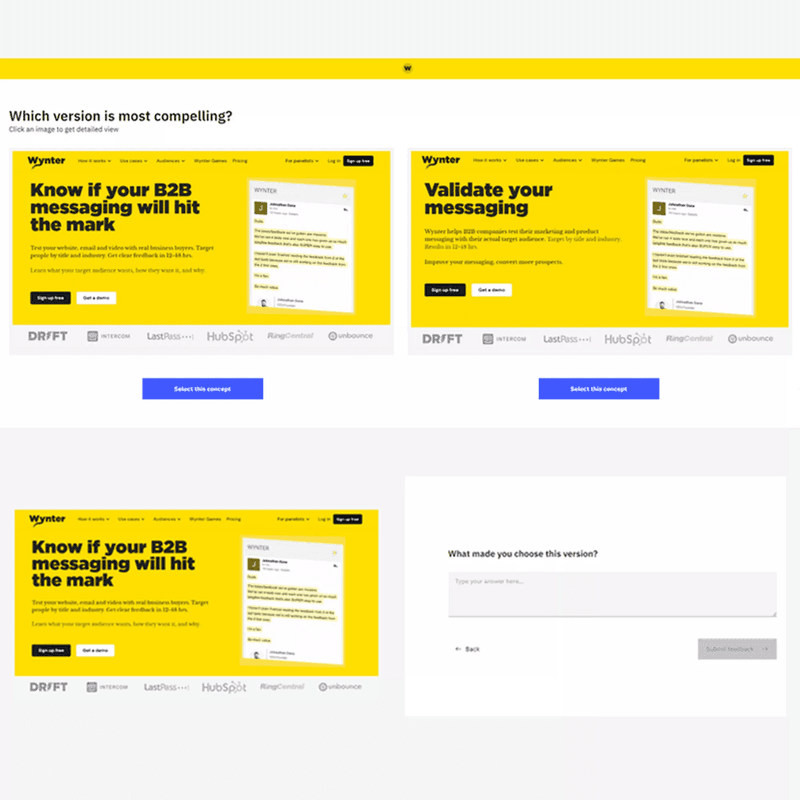
2. Focus on the right segment
Audience segmentation will increase the efficiency of your beta tests. However, before you can begin segmentation, you first need to identify the user groups that you already have.
Look at their distinct traits, metrics, and job-to-be-done then create user personas that represent each segment. This will make it easier to decide which user segments would be the best fit for a specific beta test.
Userpilot lets you segment users based on a number of data points including their NPS score, engagement rate, and unique user data.
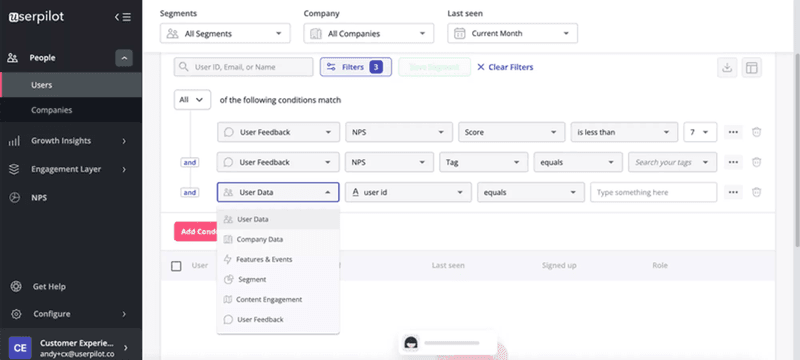
3. Choose a reliable tool
Whether you’re alpha testing or beta testing, having a reliable feedback collection tool can save you a lot of time and effort. The right tool should help you automate repetitive actions, gather insights, and use feedback to create better tests in the future.
Userpilot lets you run your A/B tests and measure these product growth insights against your pre-defined goals.
4. Collect and utilize data
Data is a crucial component of any marketing campaign. Utilizing the data you gather through beta testing can augment your marketing strategy and ensure you get a worthwhile return on investment.
Implementing a growth engineering approach will ensure that test data has a positive impact on future marketing decisions.
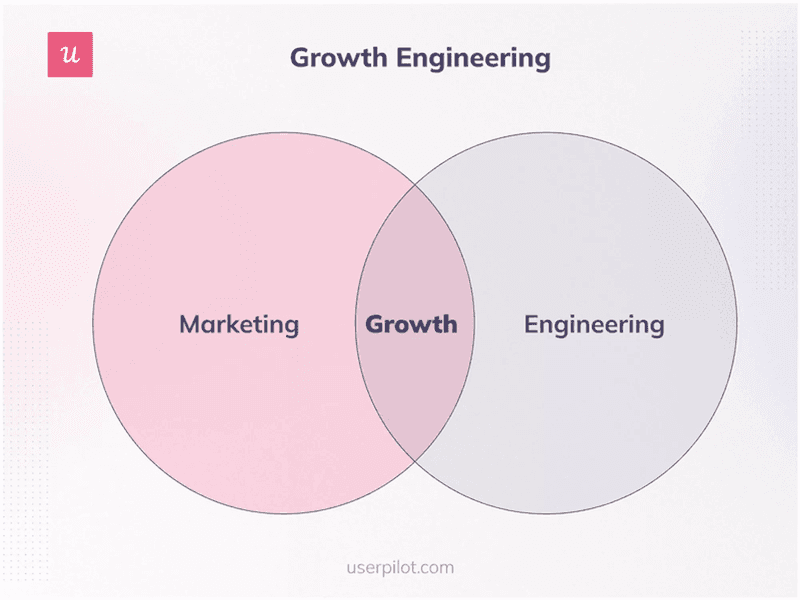
If you already picked a reliable tracking tool in the previous step, you should have more than enough data available to start making data-driven decisions. That said, you should have specialists analyze these insights to spot specific patterns in user feedback instead of taking every customer engagement metric at face value.
Userpilot’s growth analytics dashboard makes it easy to visualize data points and notice trends:
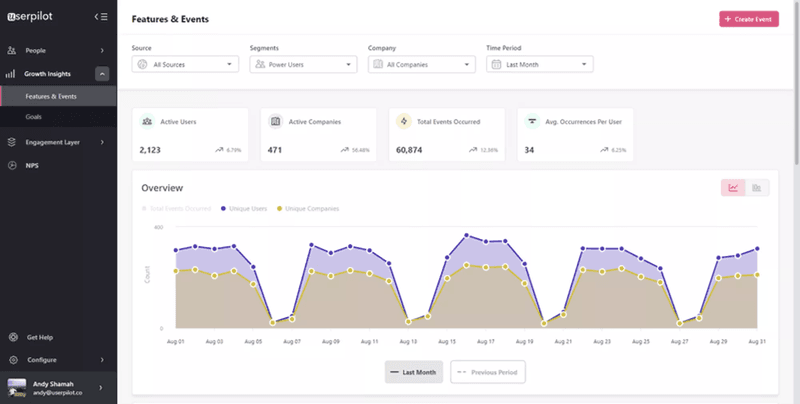
5. Use feedback to reveal user sentiment
Conclusion beta testing is all about getting a preview of the user experience under live conditions. As such, you should always welcome honest feedback from users when they share their experiences with the product.
Put the focus on capturing the user sentiment instead of defending your product from their objections. Remember, this isn’t a sales call and your goal isn’t to convert a lead into a customer.
Getting feedback could be as simple as emailing your customers individually or even adding in-app user surveys to your platform. Customize and launch in-app surveys of different types with Userpilot to gain insights into the mobile app experience.
Here’s an example of what an NPS survey built with Userpilot will look like on your product:
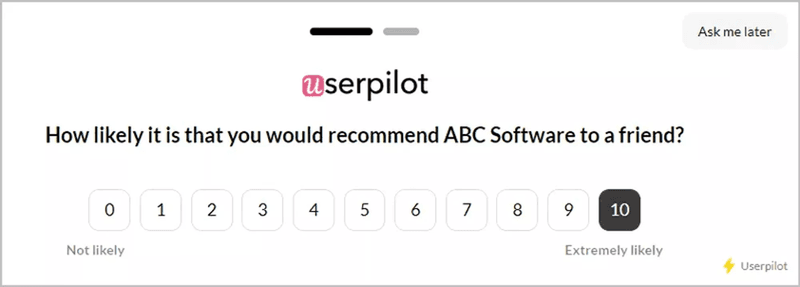
Once you collect feedback from enough users, analyze that feedback in detail to get an idea of where you and your product stand. Monitor user sentiment over time to see if you’re on the right path or if the latest updates are straying further away from customer expectations.
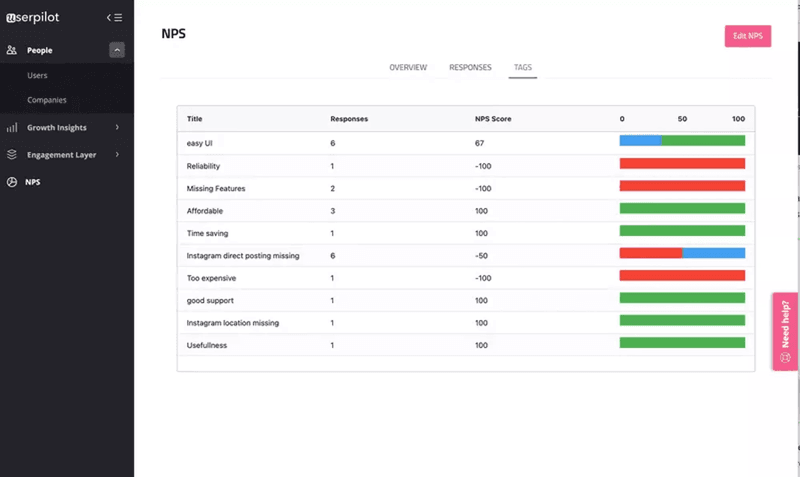
6. Share results with your team
After collecting test results and user feedback, make sure that you actually relay all this data to all the relevant departments. Data collection is useless if the showrunners behind the scene don’t know that these insights exist.
Marketing, design, sales, development, and support teams can all benefit from the insights found in test results. If you want to go the extra mile, why not convert the data into an infographic and include it in the monthly internal newsletter?
Conclusion
As you can see, beta testing is just as important for marketing as it is from a software development perspective. It will help your team make better decisions, improve the product, and optimize marketing campaigns in the future.
If you’re ready to start A/B testing and analyzing user analytics, it’s time to get your free Userpilot demo today!







